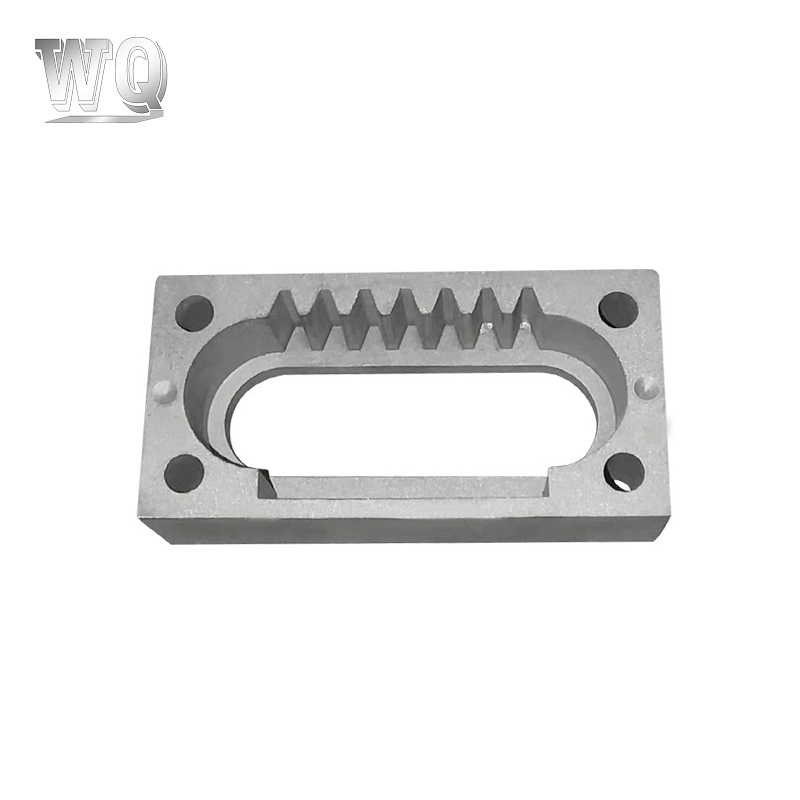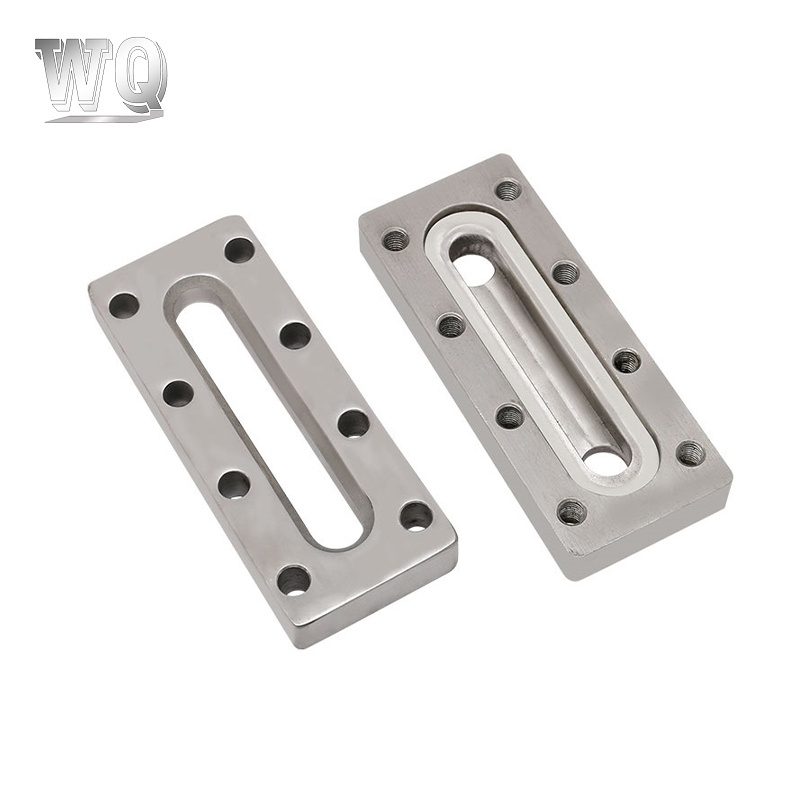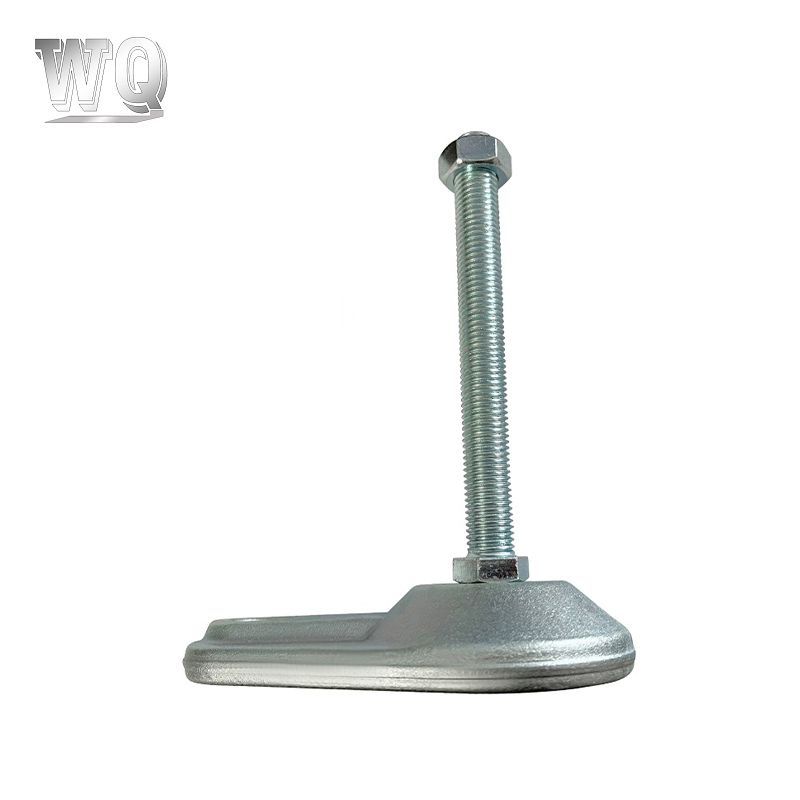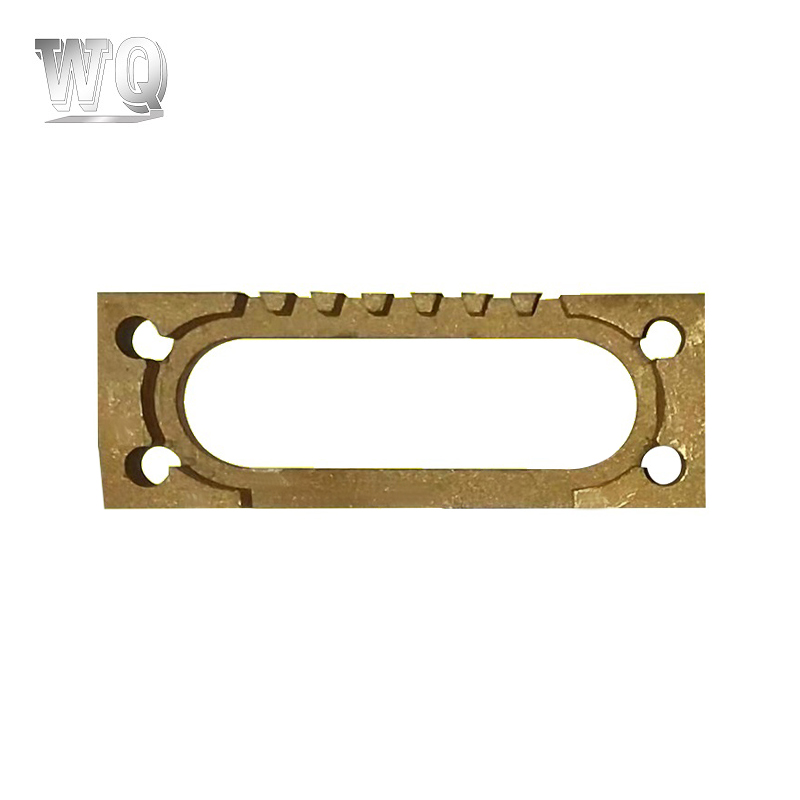Aluminum investment casting is a precision manufacturing process that produces high-quality aluminum parts with complex shapes, excellent surface finish, and tight tolerances. Also known as the lost-wax casting process, it is widely used in industries such as automotive, aerospace, electronics, and industrial machinery due to its ability to produce detailed and lightweight components.
This article provides a comprehensive overview of aluminum investment casting, including the process, benefits, material properties, applications, and best practices for achieving high-quality results.
What is Aluminum Investment Casting?
Aluminum investment casting involves creating a wax model of the desired component, coating it with a ceramic shell, melting the wax away, and then pouring molten aluminum into the mold. Once cooled, the ceramic shell is broken away, revealing a precise aluminum part that requires minimal finishing.
Key Features
- High dimensional accuracy and intricate details.
- Smooth surface finish, reducing machining requirements.
- Ability to produce parts with complex geometries and thin walls.
- Excellent mechanical properties for lightweight yet strong components.
Aluminum Investment Casting Process
The process of aluminum investment casting involves multiple precise steps to ensure high-quality results:
1. Wax Pattern Creation
Wax patterns are made using injection molding or hand modeling. These patterns replicate the exact shape of the final aluminum component.
2. Assembly of Wax Patterns
Multiple wax patterns can be attached to a central wax sprue to form a cluster, allowing several parts to be cast simultaneously.
3. Ceramic Shell Building
The wax assembly is repeatedly dipped into a ceramic slurry and coated with fine sand to build a strong, heat-resistant shell around the wax patterns.
4. Wax Removal
The ceramic-coated wax assembly is heated in an autoclave or furnace, melting and removing the wax, leaving a hollow ceramic mold.
5. Aluminum Pouring
Molten aluminum is poured into the preheated ceramic mold under gravity or vacuum to fill every cavity and achieve precise replication of the original wax pattern.
6. Cooling and Shell Removal
Once the aluminum solidifies, the ceramic shell is broken away using mechanical or chemical methods to reveal the cast aluminum parts.
7. Finishing
Parts undergo trimming, grinding, heat treatment, or surface finishing to meet dimensional and aesthetic requirements.
Advantages of Aluminum Investment Casting
Aluminum investment casting offers several benefits compared to other casting methods, making it ideal for high-precision and lightweight components.
1. Precision and Accuracy
The process achieves tight tolerances, typically ±0.25% for most dimensions, allowing parts to fit precisely in assemblies without extensive machining.
2. Complex Geometries
Investment casting can produce intricate designs, thin walls, undercuts, and internal cavities that would be difficult or impossible with other methods.
3. High-Quality Surface Finish
Aluminum investment castings typically have smooth surfaces with minimal porosity, reducing the need for post-processing or polishing.
4. Material Efficiency
The process minimizes material waste compared to machining from solid billets, providing cost-effective production for small to medium batch sizes.
5. Lightweight and Strong Components
Aluminum provides an excellent strength-to-weight ratio, making it ideal for aerospace, automotive, and transport applications where weight reduction is critical.
Aluminum Material Properties
Aluminum alloys used in investment casting are chosen for their mechanical properties, corrosion resistance, and thermal performance.
| Property | Typical Range | Benefit |
|---|---|---|
| Density | 2.6–2.8 g/cm³ | Lightweight, ideal for transport and aerospace applications |
| Tensile Strength | 180–300 MPa | Strong and durable components |
| Corrosion Resistance | High | Suitable for outdoor and marine environments |
| Thermal Conductivity | 120–180 W/m·K | Efficient heat dissipation for engine and electronic parts |
Applications of Aluminum Investment Casting
Aluminum investment casting is used across various industries due to its versatility, precision, and lightweight nature.
1. Automotive Industry
Aluminum investment castings are used in engine components, transmission parts, brackets, and housings to reduce weight while maintaining strength and durability.
2. Aerospace and Aviation
Critical aerospace components, including brackets, housings, and airframe parts, are cast using aluminum for precision and lightweight performance.
3. Industrial Machinery
Investment cast aluminum parts are used in pumps, valves, gears, and machinery components that require complex shapes and tight tolerances.
4. Electronics and Consumer Goods
Heat sinks, housings, and connectors benefit from aluminum's thermal conductivity, corrosion resistance, and precision casting capability.
Quality Control and Best Practices
Ensuring high-quality aluminum investment castings requires rigorous process control and inspection at every stage.
1. Mold and Pattern Accuracy
Precise wax patterns and ceramic shells are essential for accurate final dimensions and surface finish.
2. Temperature Control
Proper heating, pouring, and cooling temperatures are critical to avoid defects such as porosity, shrinkage, or cracking.
3. Inspection Methods
- Visual inspection for surface defects.
- X-ray or ultrasonic testing for internal porosity.
- Dimensional inspection using calipers, CMM, or gauges.
4. Post-Processing
Heat treatment, machining, and surface finishing ensure that aluminum castings meet mechanical and aesthetic requirements.
Conclusion
Aluminum investment casting is a precision manufacturing technique that produces high-quality, lightweight, and complex components for diverse industries. Its ability to deliver intricate geometries, tight tolerances, and excellent surface finishes makes it indispensable in automotive, aerospace, industrial, and consumer applications. By understanding the process, material properties, and best practices, manufacturers can achieve optimal performance, durability, and cost-efficiency in aluminum investment castings.










